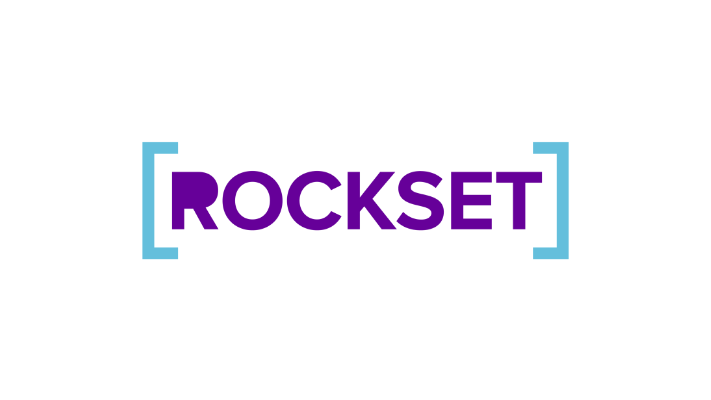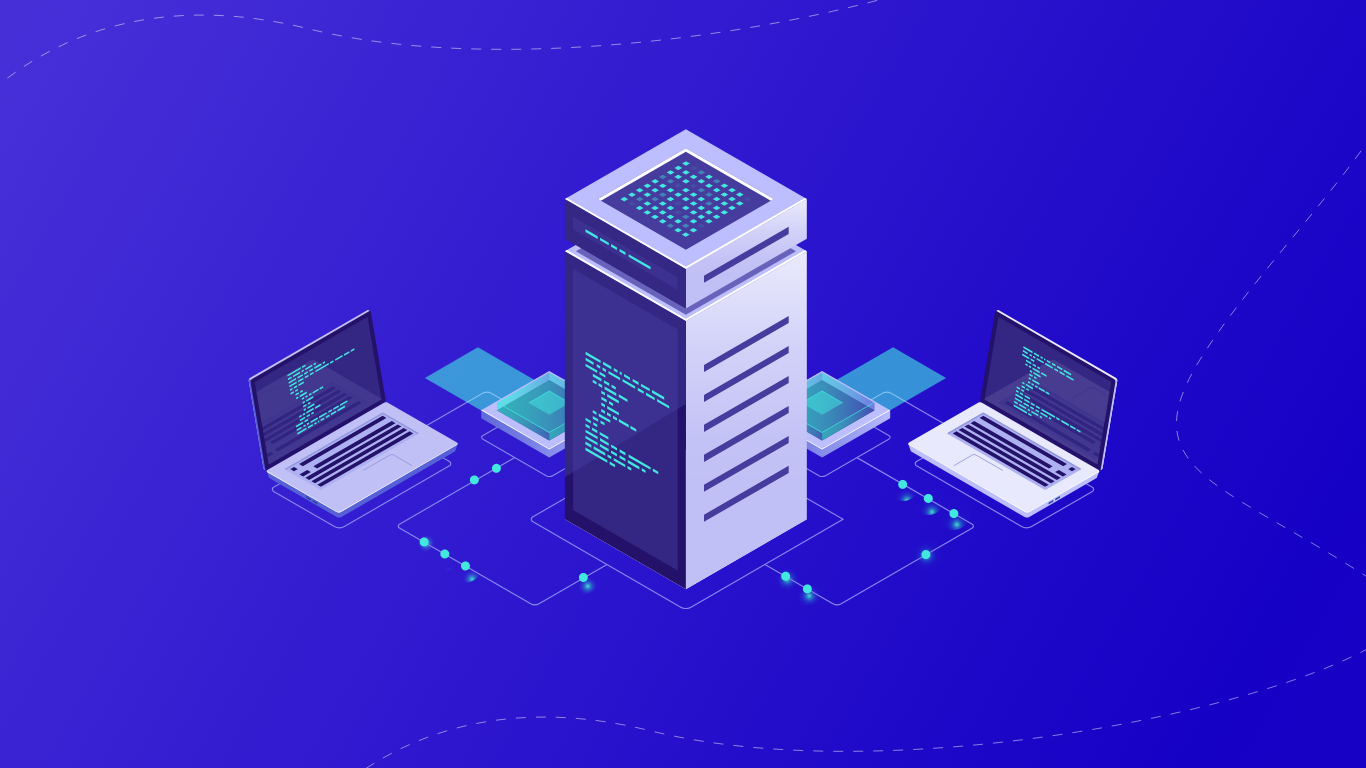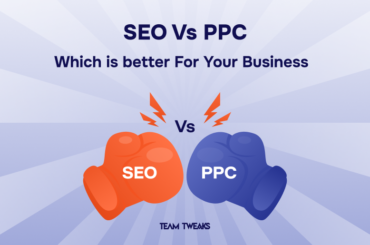Generally, Data Streaming is a unique process, implemented in real-time for analyzing an enormous amount of data at the instant of time it is consumed or produced. A standard organization makes use of this process to extract valuable data once it is stored. It mainly focuses on the data used within an interacting environment. In other words, data streaming can be explained as the continual flow of data records produced by multiple data sources. TeamTweaks, one of the trusted IoT companies, working from scratch to produce reliable IoT products especially to bring out automation in every sector.
It can be generated by multiple devices & activities like server log files, banking transactions, sensors, push notifications, etc. Nowadays, data processing has been progressed from batch processing of data integrated with data streams. Similarly, most of them stream the songs on Netflix instead of waiting for the album to be downloaded. Of course, data streams are a vital part of this gigantic world of big data.
Working of Data Streaming
In this era, most organizations have multiple data sources that are typically integrated with unique destinations. Here, the set of data is processed with the aid of real-time data streaming techniques which are contemporary ones. Generally, two common use cases are used for this gigantic process which involves streaming media and real-time analytics.
The most appropriate businesses like media and the stock exchange make use of data streaming. Ultimately, the organizations can track everything from the scratch. The management side can respond to the data processing methodologies in a shorter period. On the other side of the flip, the data streams provide an inter-communication channel between organizations and the concerned authorized people who have the accessibility to take decisions.
Benefits of Data Streaming
In this section, we can see how data streaming is useful in multiple ways. In this technological world, most firms are facing outbursts of data from various applications, relevant opportunities & more. The epitome architecture is a precise optimized system that allows for the capitalization of data. During the conventional days, large-scale distributed systems were used but it was lagging behind the factor of contemporary data-driven units. The first benefit is that communication is well-defined and done at the right time. Additionally, data security and management are crucial in the era of data streaming, ensuring the protection and organization of data as it flows from various sources.
They do not possess any scalability factor and support only limited applications. But an exclusive data streaming platform supports core app messaging systems. The data streaming can run the jobs continuously without any hindrance. Most enterprises cannot wait for batch-processed data. As discussed earlier, stock market platforms, on-demand apps, and e-commerce websites depend only on real-time data streams. Broadly, the data streaming not integrates the data but also processes, analyzes, and responds to the real-time data. Any organization dealing with big data can gain advantages from the constant real-time data.
Batch Processing vs. Real-Time Streams

Generally, in the Batch data processing, the batched data is initially downloaded followed by the mechanisms of processing, storing & analyzing. While discussing the streaming data flows, the continual data will be processed in real-time. Next, the instant data will be generated automatically. In this era, data arrives in differential volumes, formats, hybrid cloud, etc. Along with the intricacy of contemporary requirements, data processing methodologies have turned over antiquated for most of the use cases. It can operate data as a series of transaction that is collected over time. The new-fangled firms need to capture the milli-second data before data turns stale. This typical continual data offers a list of benefits that are transforming the way enterprises run.
Generating a sense of Data Streaming in IoT
As everyone knows, IoT plays a major role in everyone’s life. A recent report exclaims about twenty billion devices will be inter-connected in the upcoming years. Precisely, IoT is not just an adage. Initially, the data will be collected from the sensors in standard IoT devices which will be used by the trillions of places, devices, and other firms. The IoT data streaming technology eases real-time decisions which are crucial to multiple operations. First, the data have to be collected from sensors, process it and transfer to instant analysis followed by the outcome in real-time.
The data streaming in IoT is mainly used in the industries to check whether the network is authorized or unauthorized and for many other purposes. Here, two major functions involve storage and processing. Storage is nothing but a recording of an enormous amount of data in a consistent manner. Next, processing occupies storage, an-in depth analysis of data. As of now, there are multiple platforms & tools available to help organizations developing big data or data streaming applications.
Here, we can see real-time examples of streaming data like smart water management systems, monitoring of beehives, real-time stock trades, ride-sharing apps, etc. In the smart water management system, the IoT device is connected to the existing meter, where data streaming is processed (continual data is collected from the IoT device) and finally sent to the server. Thus instant notifications will be sent to the app about water consumption, leakage notifications, etc. In the IoT for beehive monitoring system, the continual series of data (data streaming) like temperature, weight & moistness will be sent to the GSM connectivity. If there are any issues, an alert message will be sent to the app automatically.
Real-time data streaming tools
AWS Kinesis

This standard tool is managed by the exclusive streaming service of Amazon Web Service. It owns multiple benefits when compared with that of the other tools and hence always stands at the top-notch position. AWS Kinesis allows the development team to spend minimal time on the typical infrastructure components. One can assimilate each data from videos, app logs & IoT stream, etc. In precise words, you can execute multiple processes on the live process instead of preferring a conventional database. It has 100% support from prominent firms like Netflix.
Kafka

Kafka is a distributed framework, a well-known messaging system that receives data from the divergent source systems. It is implemented by making use of the programming languages Java & Scala. This ideal tool is used for the real-time analysis of big data. It possesses multiple benefits like scalable, fault-tolerant, durable, 100% faster. Kafka, the best quality data streaming tool is used for monitoring service calls & IoT sensor data.
A big question is running in the minds of people who are using Kafka? Initially, Kafka has its origin from LinkedIn to load enormous data in Hadoop systems. About ten years back, it was initiated as an open-source tool under the guidance of Apache. As of now, it is used to monitor both computative metrics & activity data. In this era, Twitter is making use of Kafka to develop an exclusive stream processing infrastructure. Kafka is easier to implement in the AWS stack due to its operational simplicity. The latest versions of Kafka eradicate the reliance on data streaming analytics. The interaction of data is feasible by using SQL form is feasible by both the tools of Kafka & Kinesis.
Materialize

It is an SQL streaming tool developed on open source Data flow tasks. The users can enquire about the live streaming data, event infrastructure, applications, etc. Here, the techies can directly interact with this tool by making use of the PostgreSQL interface. When the SQL queries are executed, they are redrafted as data flows. The consumers can implement the data exploration, data analytics easily without any complications. The mainframe is TDF which allows for the distributed data compute engine. TDF which stands for Timely Data Flow is an open-source development & it has been raised by nearly a thousand scale companies.
Rockset & Vectorized

Ideally, Rockset is a real-time database that comes along with an integration of database & SQL engine for the processing of several data sources in real-time. It indexes both structured & semi-structured data in an automated manner. This tool provides the best user interface for the execution of queries & features rigged towards the developers. Similar to that of Materialize tool, Rockset possesses funding strategies and stands at the top-notch position in terms of progress.
Still, now, Vectorized has received nearly 16 million dollars in terms of funding in starting of 2021. It is an open-source stream processing platform & one of the best alternatives for the Apache Kafka engine.
Apache Storm

It is the most renowned computation system to carry out power-packed abstractions. Apache Storm is solicited as the real-time Hadoop system. Here, the invocation messages are computed to build well-defined results. This software was developed in 2011 aiming to work on the various nodes in a shorter period. Possessing the reliability factor, Storm stands at the top-notch place in the terms of real-time data processing systems. In case if a particular node fails, the process can be started once again without disturbing the entire operation. The storm is user-friendly and it is a popular technology used by small-scale and large-scale organizations.
Flink

It is an open-source data engine, targets to perform well-defined computations performed in Scala and Java. Flink is most suitable for complicated data stream enumeration. This typically took process data either in the form of keyed or non-keyed windows. Here, the installation is an easier one and the working process starts with a single command. It is a renowned tool in several fields of data analytics, machine learning & data flow programming models. For the computation of real-time and streamed data, Fink is the most suitable tool. Most of them are aware that Flink is uniquely designed to execute stateful streaming at any point of the scale. It is integrated with Hadoop to process an enormous amount of data.










